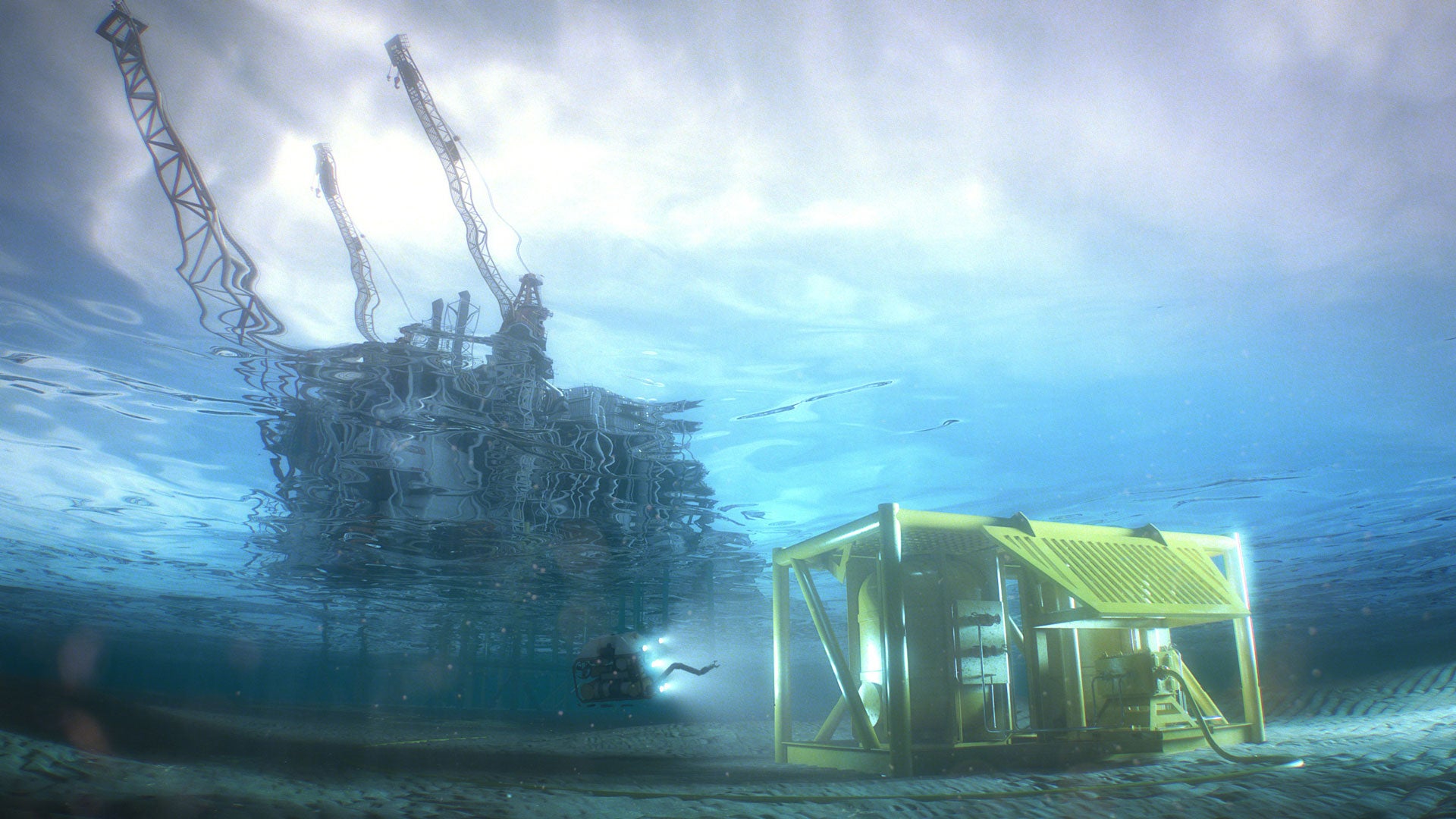Our subsea storage technology provides a subsea storage solution for all relevant types of fluids, creating new opportunities for our customers' energy portfolios. The technology brings a new and unique solution for the safe storage of larger volumes of fluids such as enhanced oil recovery (EOR) chemicals, production chemicals, oil, condensate, and maritime fuels. The subsea storage system can be placed at any water depth and adjusted in capacity depending on customer requirements.
The final product validation of the subsea storage technology has begun. It includes a submerged large-scale open system demonstration and a closed-loop system demonstration to be tested and completed by 2023. The objective of the tests is to verify the system design for all types of fluids, ensuring reliable functionality to unlock a safe, profitable, and economical product for the market. The storage technology has matured over several years, and this project will be the last step of the qualification program. Several studies are ongoing, and NOV aims to deliver the first project in late 2024 or early 2025. Comparing the NOV subsea storage system's CO2 emissions to a floating, storage and offloading (FSO) vessel over ten years shows a saving of 140,000 tons of CO2.
The International Maritime Organization (IMO) emission strategy by 2030 is to reduce CO2 emissions per cargo transport work by 40%, aiming at 70% in 2050, compared to 2008. Subsea storage of ammonia will be a crucial element in the distribution network for offshore ammonia storage to cargo transport. Ammonia is carbon- and sulfur-free and gives clean combustion without the generation of CO2 or SOX.
NOV's goal with developing large subsea storage units (SSU) is to become a primary contributor to the distribution network of the global greenhouse gas reduction strategy.
If you are interested in collaborating on this project, or joining our mission to provide a subsea storage technology for all types of fluids, contact us at [email protected].
